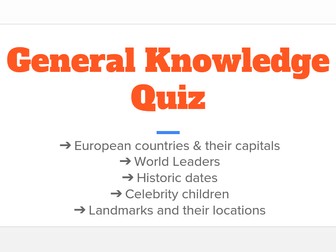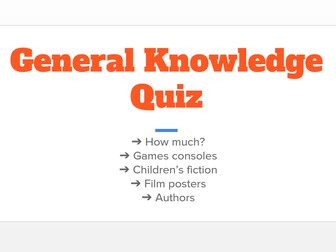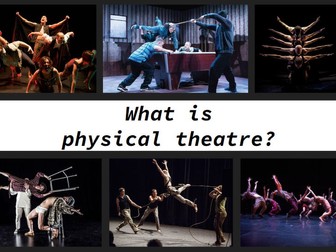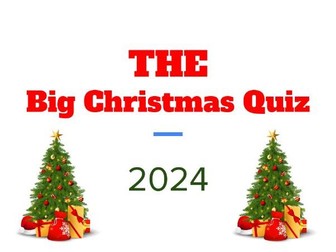Walking Talking Mock ('Blood Brothers') - GCSE Drama, AQA Component 1: 'Understanding Drama'
This is an AQA GCSE Drama walking talking mock for Component 1: Understanding Drama written for students studying Willy Russell’s ‘Blood Brothers’ looking at sections A and B.
Contained in this resource is a PowerPoint presentation for the teacher to walk and talk students through the mock and a companion student document.
The 24 slide PowerPoint contains exam questions from a previous AQA exam detailing timings per question, command words, published AQA mark schemes per question and a model answer.
The 14 page companion document for students starts with Section A looking at ‘Theatre Roles and Terminology’ with previous exam questions. It then moves on to Section B the Study of Set Play (in this case, ‘Blood Brothers’); it contains space for the students to write exam timings, what the question is asking, a space for them to write the command words for each quesiton, space for what the AQA mark scheme says and a plan for their own answer.
This walking talking mock should take two hours: two single lessons or a double lesson.



